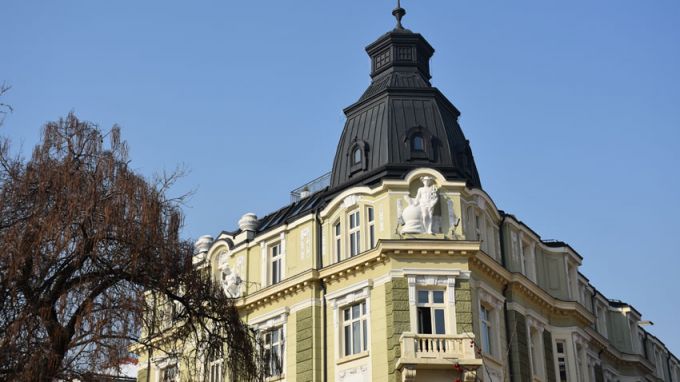
On 3 April, 1879, the Constituent Assembly, sitting in the old Bulgarian capital Turnovo proclaimed Sofia capital of free Bulgaria.
“Different towns were considered as prospective capitals of the country – Sofia, Plovdiv, Turnovo. The ideologist of the choice of Sofia for capital of Bulgaria is Prof. Marin Drinov. One of the reasons was that Sofia was located in the geometrical centre of the Bulgarian ethnic territories. Drinov knew the town well – he had been its vice-governor at the time of the first governor of post-liberation Sofia Pyotr Alabin. As Drinov was not a member of the Constituent Assembly, the proposal was submitted by Todor Dzhavarov,” says Zdravko Petrov.

Zdravko, an urban planner by profession, is one of the young people from the Historical Routes Sofia agency for heritage tours, who have been piecing together the city’s “puzzle of history”, and in the process, finding long-lost elements to complete the picture. He explains that the Constituent Assembly voted to make Sofia capital city of the country, leaving Turnovo to be its historical capital – it is no coincidence that Bulgaria’s independence was proclaimed, in 1908, in Turnovo. But what did Sofia look like in the first years after the country’s liberation?
“It was definitely an exotic place, intriguing, colourful, because until that time it had been an Ottoman town with winding, narrow alleys and no sewerage system. Not long after the country’s liberation in 1878, there was so much mud flowing in its streets that Konstantin Jireček called Sofia “the Bulgarian Venice”, Zdravko Petrov says. “There were a great many minarets, less churches, but also fascinating ruins of the Roman town of Ulpia Serdica.”
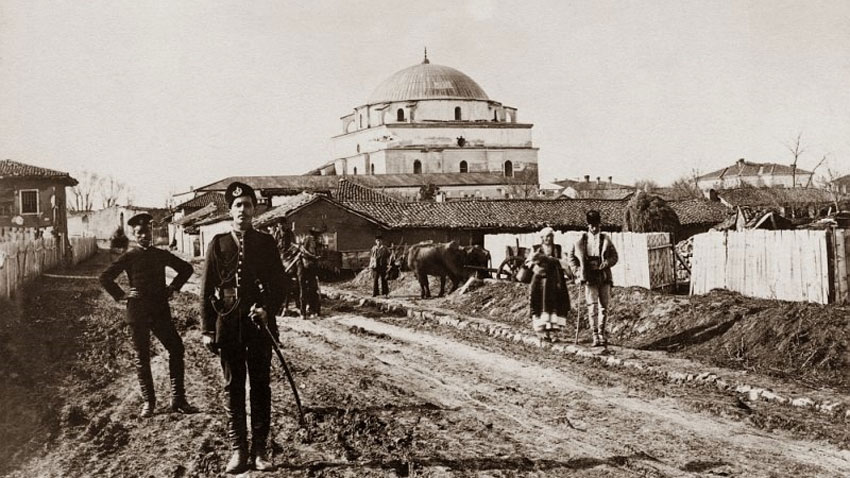
One of the buildings that goes back to those years is the St. Sofia basilica. For a time, before the liberation, it was used as a mosque. It had a minaret which was brought down by an earthquake. Right after the liberation, it was used as a watch-tower by the fire brigade, says Zdravko Petrov.
“The latter-day largo was once Sofia’s beating heart of commerce. The wheat market was next to the 16th century Banya Bashi Mosque. After the country‘s liberation, this part of town was turned into the main shopping street of Sofia, called “Turgovska” (trade).”
In 1881, Prince Alexander I approved the urban development plan of Sofia, in which the winding streets were to be replaced by straight, wide thoroughfares, giving the start to the town’s European development. The changes started from “Moskovska” Street, Zdravko Petrov says and adds:
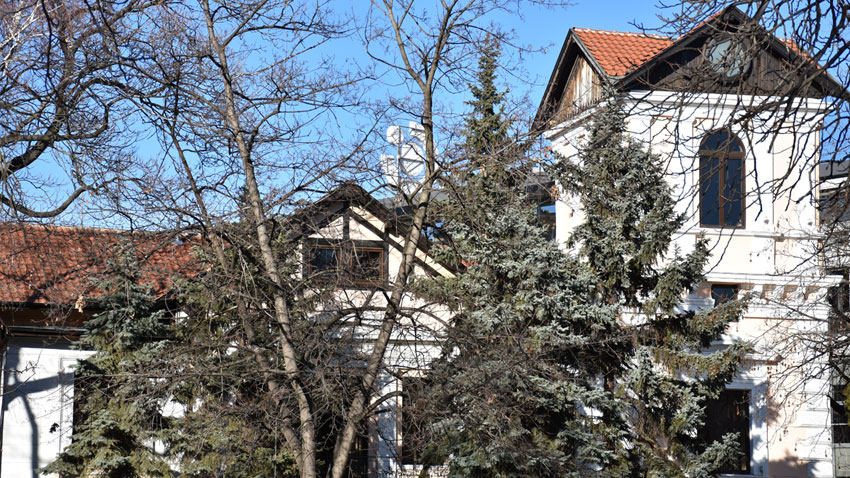
“Before the liberation, this street was called “Orhaniiska”. From the direction of Orhanie (today’s Botevgrad), where the Russians were advancing against the Ottoman army, it was along this street that the Russian troops entered Sofia, hence the name “Moskovska” (derived from Moscow). When the country was liberated, the old “konak” building (Turkish town hall) in “Moskovska” Street was reconstructed into a palace for the prince, designed by celebrated architect from Austria-Hungary Viktor Rumpelmayer.
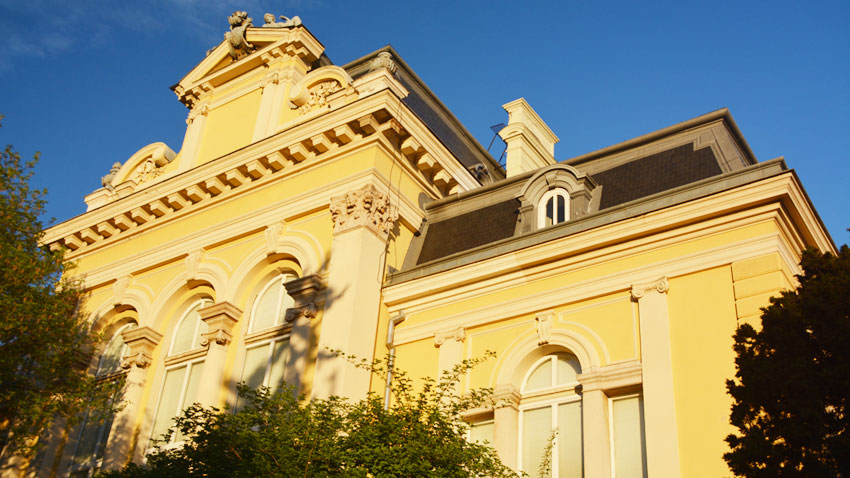
In 1883 a big formal reception was given in the ballroom of the new palace to welcome the new year. The guests at the reception were in for a big culture shock – they had never seen anything like it. There are even books describing how they would bump into the crystal mirrors in the palace.”
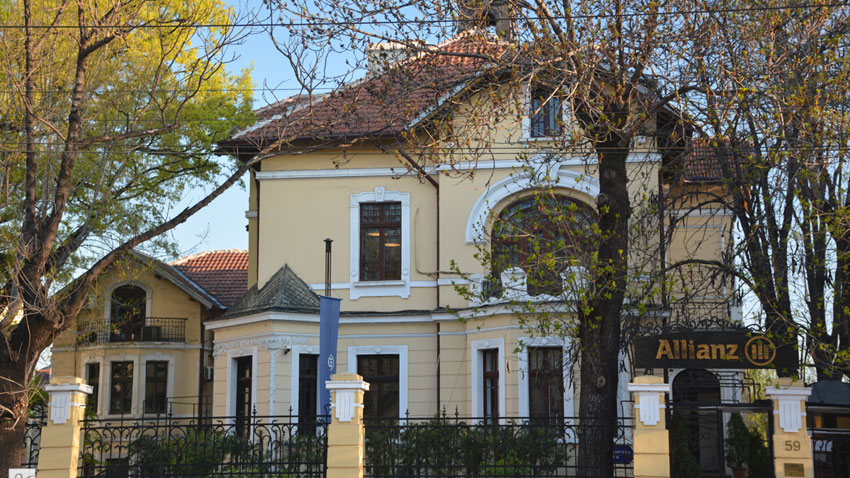
The first buildings to appear after the liberation were in the neoclassical style, popular across Europe in the age, and after 1890 – in the architectural style secession. The first architects of the new Bulgarian state were foreigners, because, as Zdravko Petrov says:
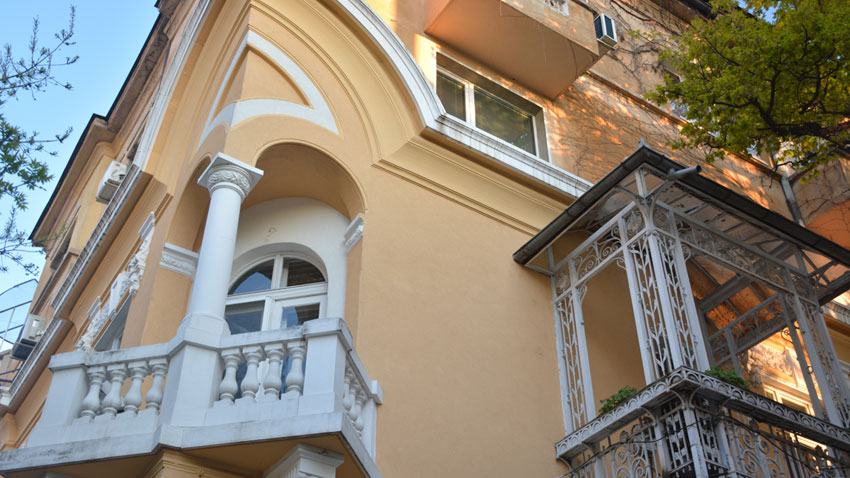
“There were no Bulgarian architects right after the country’s liberation. Many foreigners came to Bulgaria because they saw it as a great opportunity to do business. The people coming from Austria-Hungary had the profoundest cultural influence. And we have one of these people – Friedrich Grünanger – to thank for many of the beautiful landmarks of old Sofia. He designed some of the capital city’s most emblematic secession style buildings, like that of the former Chinese embassy (opposite the Sofia University rectorate), the building now housing the Turkish legation, one of the buildings of the Greek embassy, the Spanish embassy.”
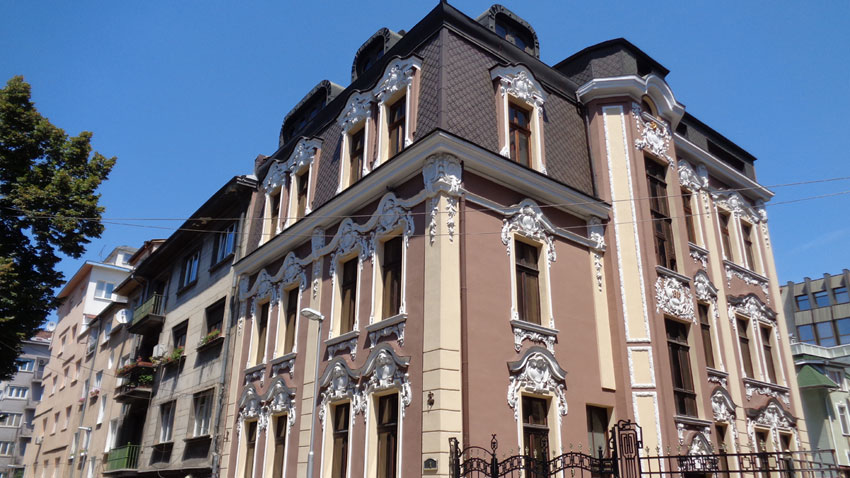
English version: Milena Daynova
Photos: https://historicalroutes.bgFrom the beginning of December to April 15, the Pirin resort of Bansko was visited by over 190,000 tourists from the country, from neighbouring Balkan countries, from Europe and the USA . The number of overnight stays during the season was over..
The first thing anyone notices upon arrival in Garvan village are the beautiful and well maintained Dobrudzha-style houses. The village lies at the heart of Dobrudzha, the “granary of Bulgaria”, not far from the town of Silistra, and has a population..
The largest specialized exhibition for camping tourism, water sports and outdoor leisure is returning for the seventh time in a row and at a new location - Sofia Land. To host the event, the former capital amusement park opens its..

+359 2 9336 661
